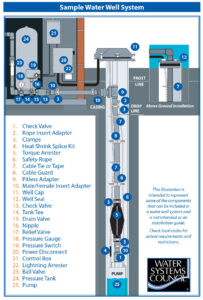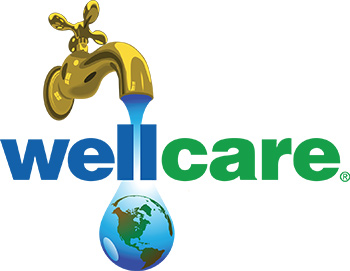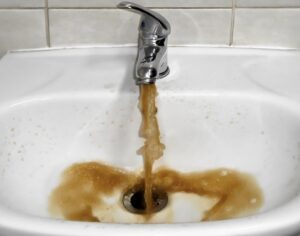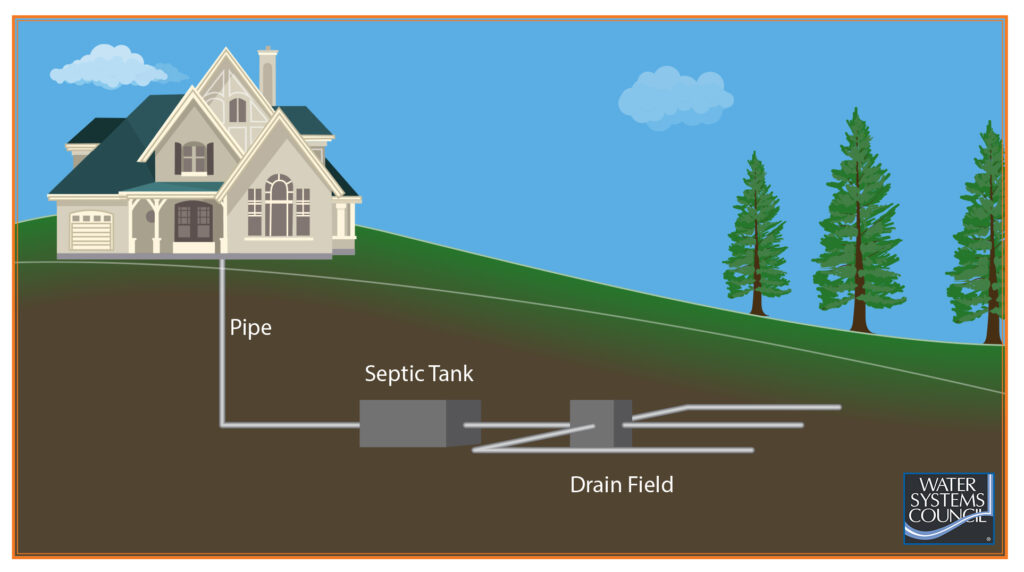You’re in luck! We have a dedicated hotline to answer all your questions on wells and well water. You can reach the hotline by phone at 888-395-1033, by filling out our online form, or through our live chat feature. We also have information sheets and a Well Owner’s Manual that can help you understand how to take care of your well system.
Here are a few tips to get you started on managing your water well:
• We recommend reading our information sheet on Wells. This information sheet provides general information about wells.
• Well owners are responsible for taking care of their water well system. So it is important to test your water annually and visually inspect the exposed parts of your well system to make sure they are in good condition.
• Have your well inspected by a licensed well contractor immediately if you do not have any record of the last inspection or at least every 5 years.
• Continue reading our Well Maintenance information sheet.
Get to Know Your Water Well System!

Additional information on water wells and well water can be found in our popular Well Owner’s Manual.



